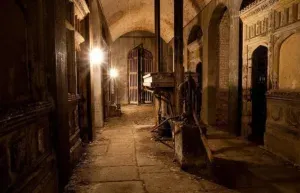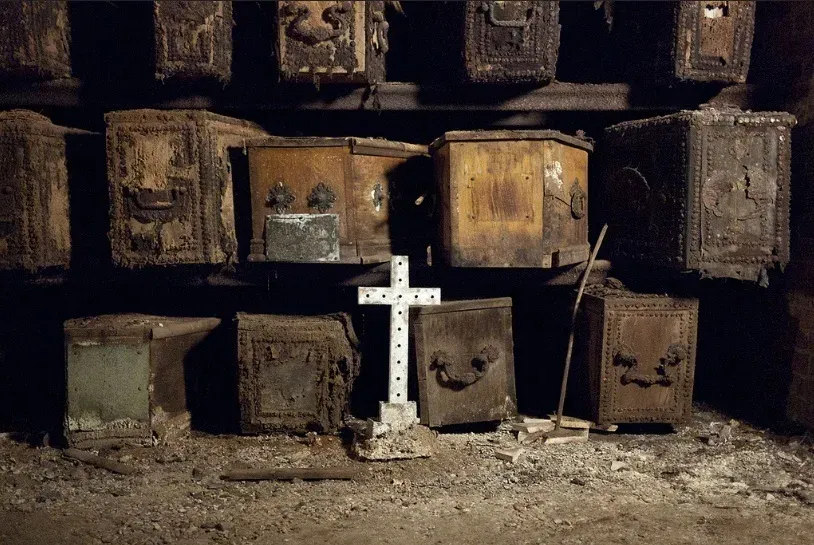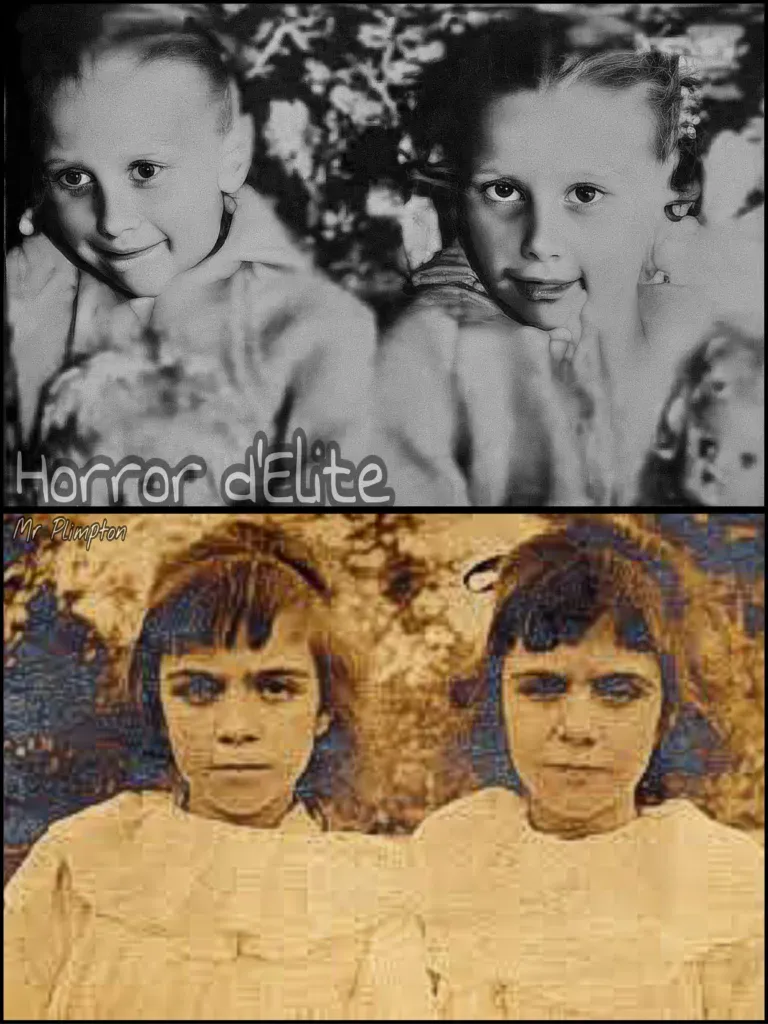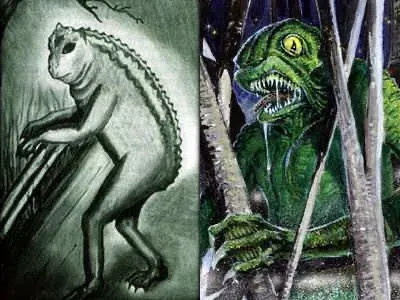West Norwood Cemetery
West Norwood Cemetery: The Cemetery of Sculptures and History
 West Norwood Cemetery, located in South London, is one of the most fascinating and historically significant cemeteries in the British capital and is part of the Magnificent 7. With its vast expanse, rich architecture, and deep cultural importance, West Norwood represents a corner of London that tells stories of grandeur, beauty, and memory. This article explores the history and features of this monumental cemetery, its impressive sculptures, and its role in London’s history.
West Norwood Cemetery, located in South London, is one of the most fascinating and historically significant cemeteries in the British capital and is part of the Magnificent 7. With its vast expanse, rich architecture, and deep cultural importance, West Norwood represents a corner of London that tells stories of grandeur, beauty, and memory. This article explores the history and features of this monumental cemetery, its impressive sculptures, and its role in London’s history.
History and Foundation
West Norwood Cemetery was inaugurated in 1837, during the reign of Queen Victoria, as one of the suburban cemeteries created to address the growing population and the lack of space in central urban cemeteries. The cemetery was designed by Edward Holl, an architect who contributed to the creation of numerous Victorian cemeteries. With its vast space of 40 acres, West Norwood was conceived to offer a dignified and imposing burial place, reflecting the funerary trends of the time.
During the 19th century, the cemetery became one of London’s most prestigious burial sites, attracting many prominent figures, including artists, politicians, and scientists. Its location in the Norwood area, then a quiet suburban region, contributed to making it a preferred resting place for illustrious and wealthy families.
Architecture and Sculptures of West Norwood Cemetery
 West Norwood is known for its exceptional architecture and monumental sculptures. The cemetery is an example of neo-Gothic and Victorian design, with numerous mausoleums and beautifully decorated tombs. The sculptures, many of which are works of art created by renowned sculptors, represent a mix of styles and symbolism, reflecting the artistic and cultural trends of the time.
West Norwood is known for its exceptional architecture and monumental sculptures. The cemetery is an example of neo-Gothic and Victorian design, with numerous mausoleums and beautifully decorated tombs. The sculptures, many of which are works of art created by renowned sculptors, represent a mix of styles and symbolism, reflecting the artistic and cultural trends of the time.
Among the most notable features of the cemetery are its monumental tombs and the artistic elaborations that adorn the graves. The tombs are often decorated with sculptures of angels, crosses, and other religious or mythological figures, adding a touch of grandeur and solemnity to the cemetery. The artworks were created by prominent sculptors of the time, contributing to making the cemetery a true open-air museum.
Famous Figures and Notable Burials
West Norwood Cemetery is home to the graves of many famous and influential figures. Among the most notable burials are:
- James Edmundson (1820-1890): A renowned architect who designed many significant buildings in London.
- William De Morgan (1839-1917): An important ceramicist and designer of the Arts and Crafts period, famous for his work with decorative tiles.
- John Tenniel (1820-1914): Illustrator and caricaturist, celebrated for his illustrations of Lewis Carroll’s “Alice in Wonderland.”
These graves and many other monuments testify to the cultural and historical importance of West Norwood, reflecting the contributions of influential people to London’s culture and society.
Restoration and Conservation of West Norwood Cemetery
Over the years, West Norwood Cemetery has faced challenges related to maintenance and conservation. In recent decades, significant restoration work has been undertaken to preserve the cemetery and ensure that its historic sculptures and tombs are kept in good condition. The cemetery has been the subject of renovation and care projects by volunteer groups and local associations, who have worked to ensure that the site remains a place of memory and beauty.
The restoration activities include the repair and cleaning of tombs, the conservation of sculptures, and the improvement of the cemetery’s infrastructure. These efforts have helped maintain West Norwood as an important destination for visitors and enthusiasts of history and architecture.
Visits and Activities
 West Norwood Cemetery is open to the public and offers guided tours for those who wish to explore its history and discover the graves of famous personalities. The guided tours provide an opportunity to learn more about the cemetery’s history, its sculptures, and the figures buried within. The cemetery is also a place of peace and reflection, ideal for a quiet walk among the monuments and tombs.
West Norwood Cemetery is open to the public and offers guided tours for those who wish to explore its history and discover the graves of famous personalities. The guided tours provide an opportunity to learn more about the cemetery’s history, its sculptures, and the figures buried within. The cemetery is also a place of peace and reflection, ideal for a quiet walk among the monuments and tombs.
The cemetery also hosts special events and educational activities, offering further opportunities to discover its history and cultural heritage. These events may include themed tours, lectures, and exhibitions, enriching the visitor experience and promoting an understanding of the cemetery’s historical and artistic value.
Conclusion
West Norwood Cemetery represents a precious corner of London, where history, art, and memory intertwine to create a place of great significance and beauty. With its imposing sculptures, historic tombs, and Victorian architecture, the cemetery is a testament to the grandeur and culture of 19th-century London. Its cultural and historical importance makes it an invaluable site, a place where the past continues to live and inspire those who visit this extraordinary monument to memory and art.
 Subscribe to our YouTube channel
Subscribe to our YouTube channel





